2018, CINCINNATI, OH, UNITED STATES
Since the production of electricity is harmful to the environment, it is crucial to try to reduce the amount of electricity humans use. Using the knowledge that electrically charged cell phones are an increasingly part of teenager’s lives, seniors Victoria Wilhelmy and Olivia Hartman and juniors Mia Semler and Tara Franke created an eco-friendly alternative to regular phone charging that could be implemented in their own school, The Summit Country Day.
Their solution to this energy-consuming phone dilemma was to create two public phone charging stations that run completely off solar energy. These two stations are located in sunny, popular areas of their four-story school building. Each station consists of three solar powered phone chargers that stick onto the windows. Accordingly, with each charger are cables designed to charge a variety of phones. Along with the actual chargers is a sign that explains to students not only what the stations are, but also what the environmental effects of using these chargers are. Consequently, students are able to benefit from the phone charger and become more environmentally conscious.
The actual process of making the stations was very simple. After ordering all the materials online and having them shipped to the school, the final step was just sticking the chargers to the windows and putting up the sign that explained to students what they were. This easy solution just shows how simple it can be to help the environment.
Victoria, Olivia, Mia, and Tara are all excited and proud that their eco-friendly alternative will benefit not only the future generations of high schoolers that come through the halls of the Summit, but also the quality of the environment in the future. As long as solar energy, a renewable source, is available, so are their chargers.
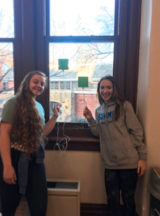

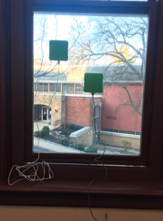
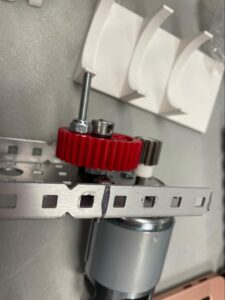 pollution by inventing an innovative method of electricity generation. Due to the escalating levels of greenhouse gases, Colorado has been facing an enduring drought. To address this challenge, Lilian designed and developed a groundbreaking prototype known as the Rug-Watt—a rug capable of producing electricity. By harnessing kinetic energy, the Rug-Watt utilizes rotating gears to generate electrical power. Even though a single step and one rotation of a gear produce approximately 0.2 volts, the cumulative effect is significant. When every student in the school takes a step on the Rug-Watt, a single panel can generate an impressive 209 volts. This solution addressed Targets 7.1 and 9.1 of the Sustainable Development Goals.
pollution by inventing an innovative method of electricity generation. Due to the escalating levels of greenhouse gases, Colorado has been facing an enduring drought. To address this challenge, Lilian designed and developed a groundbreaking prototype known as the Rug-Watt—a rug capable of producing electricity. By harnessing kinetic energy, the Rug-Watt utilizes rotating gears to generate electrical power. Even though a single step and one rotation of a gear produce approximately 0.2 volts, the cumulative effect is significant. When every student in the school takes a step on the Rug-Watt, a single panel can generate an impressive 209 volts. This solution addressed Targets 7.1 and 9.1 of the Sustainable Development Goals.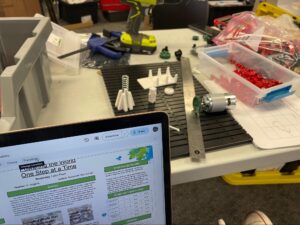
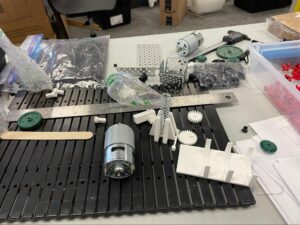
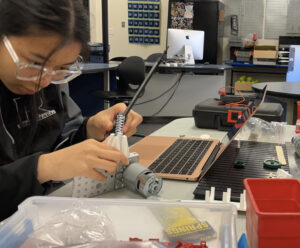
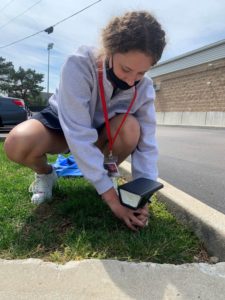



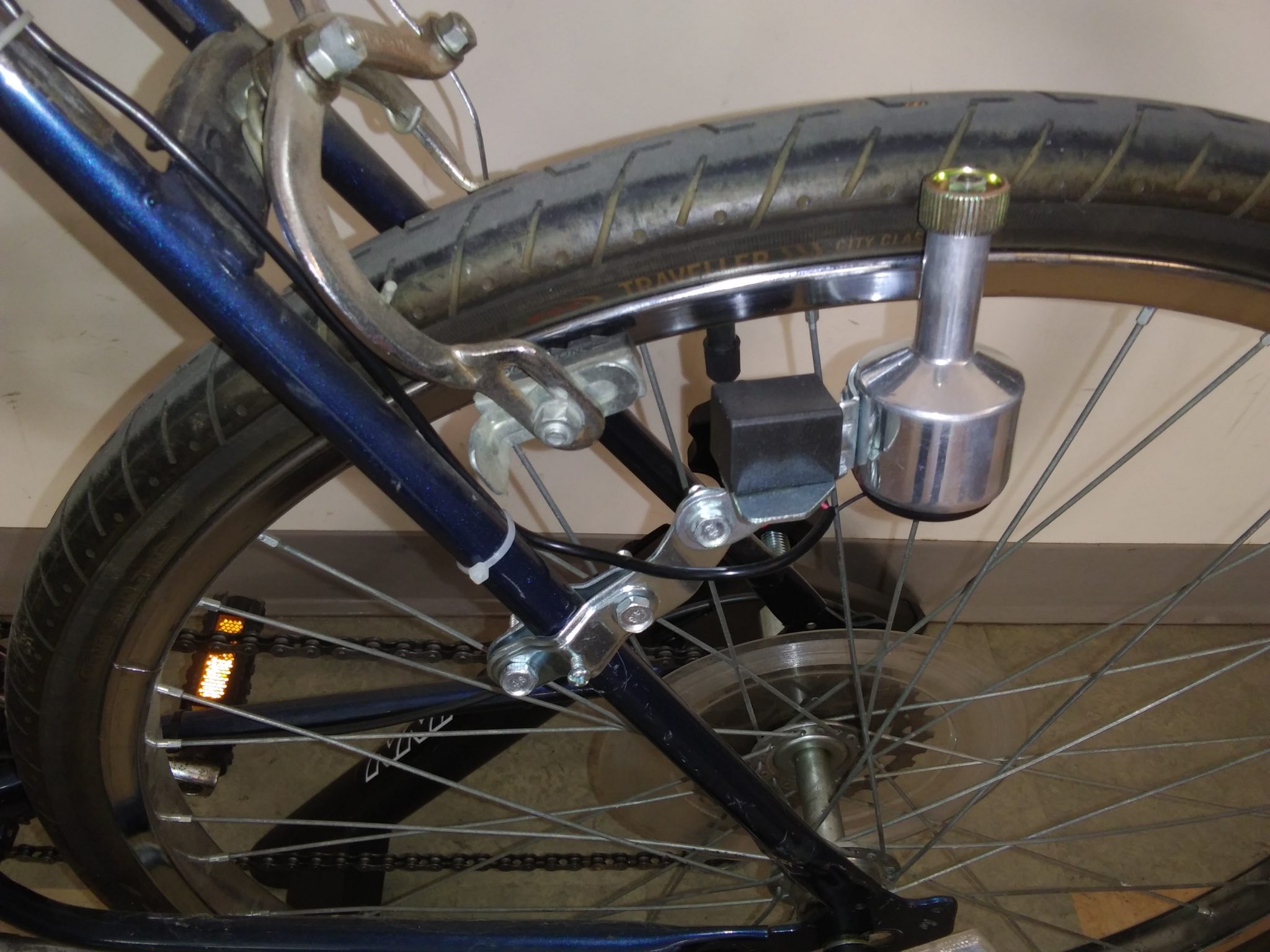 2018, Sacramento, California, USA
2018, Sacramento, California, USA
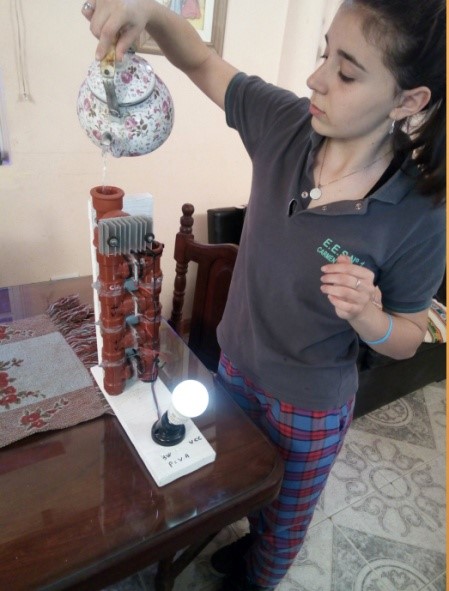
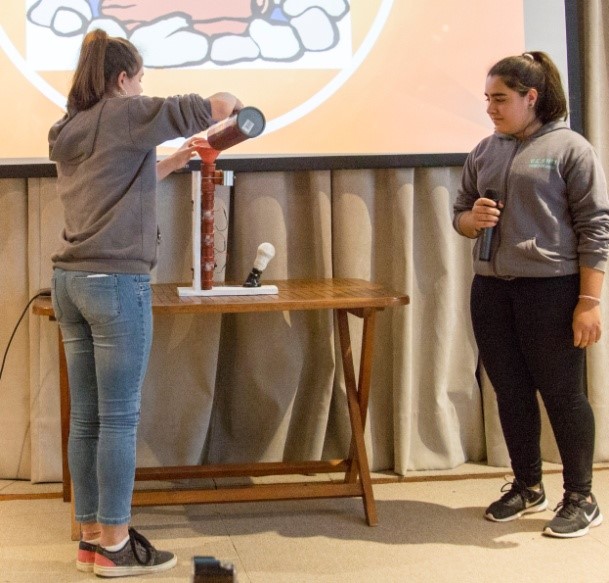
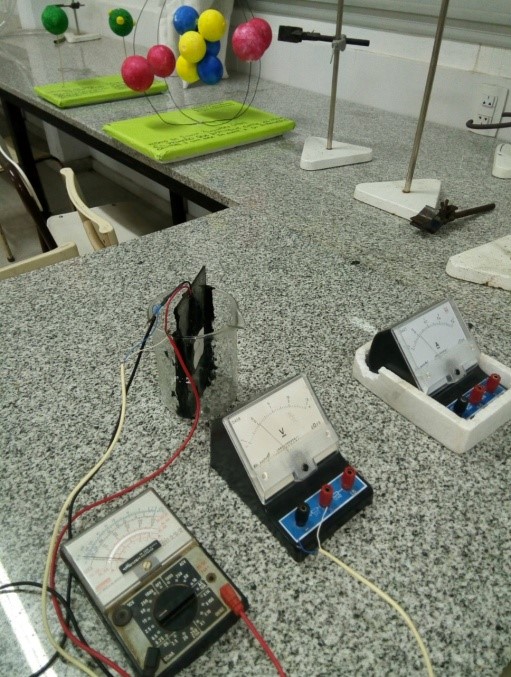
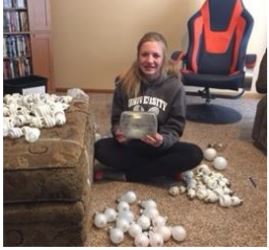
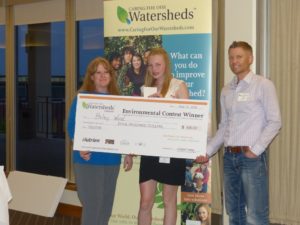


 2017, San Antonio de Areco, Buenos Aires, Argentina
2017, San Antonio de Areco, Buenos Aires, Argentina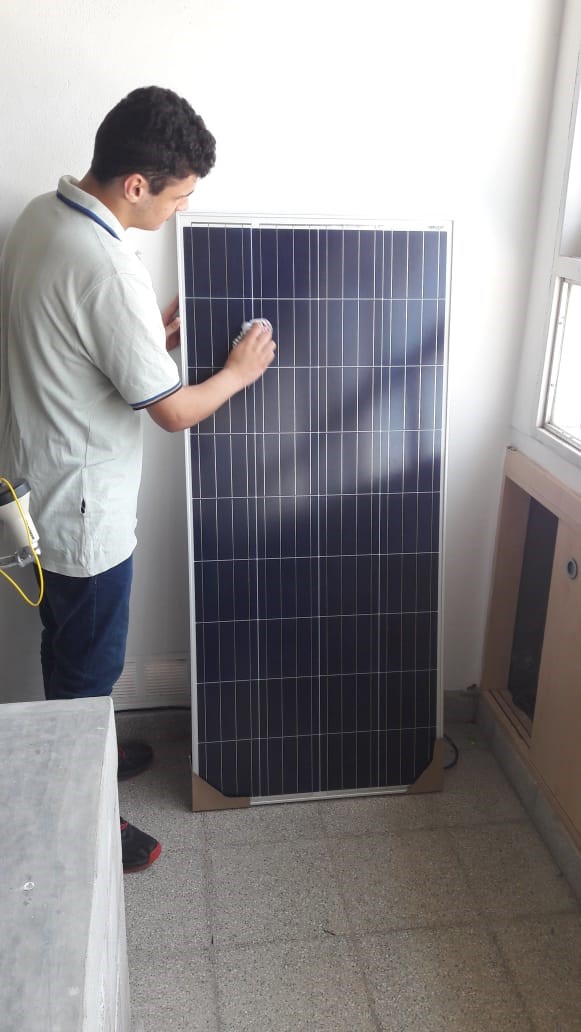
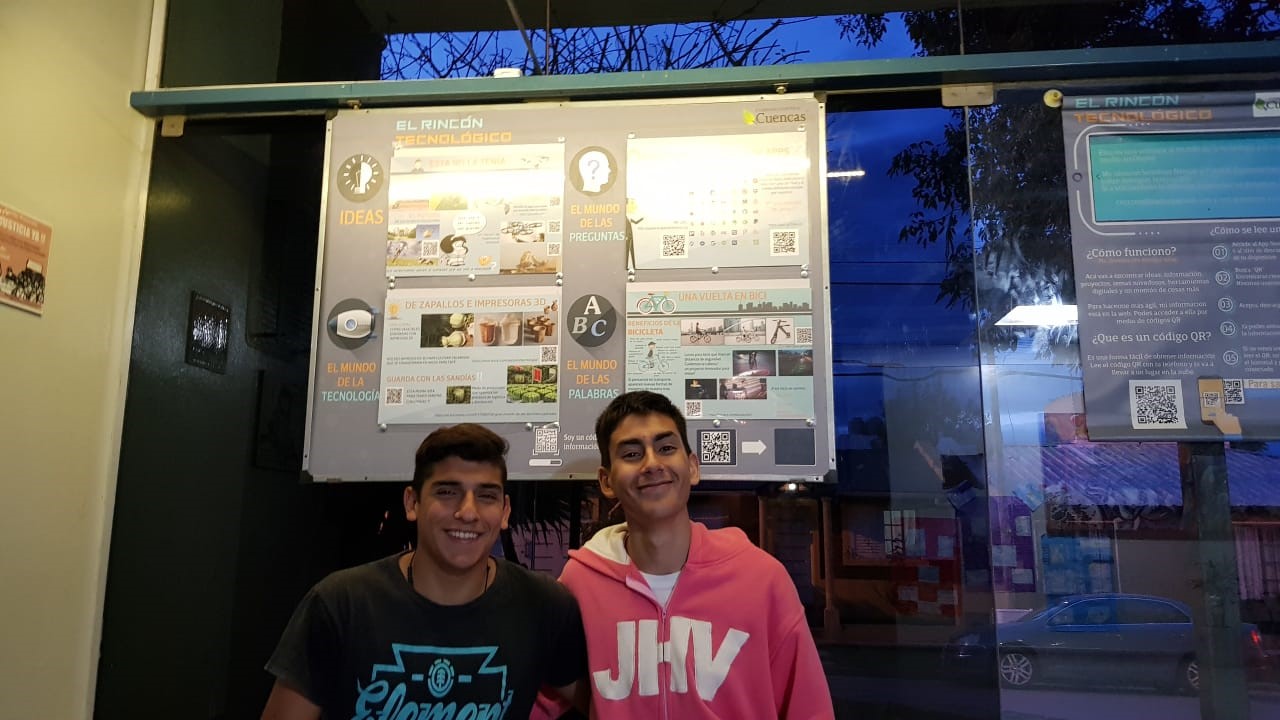 2017, San Antonio de Areco, Buenos Aires, Argentina
2017, San Antonio de Areco, Buenos Aires, Argentina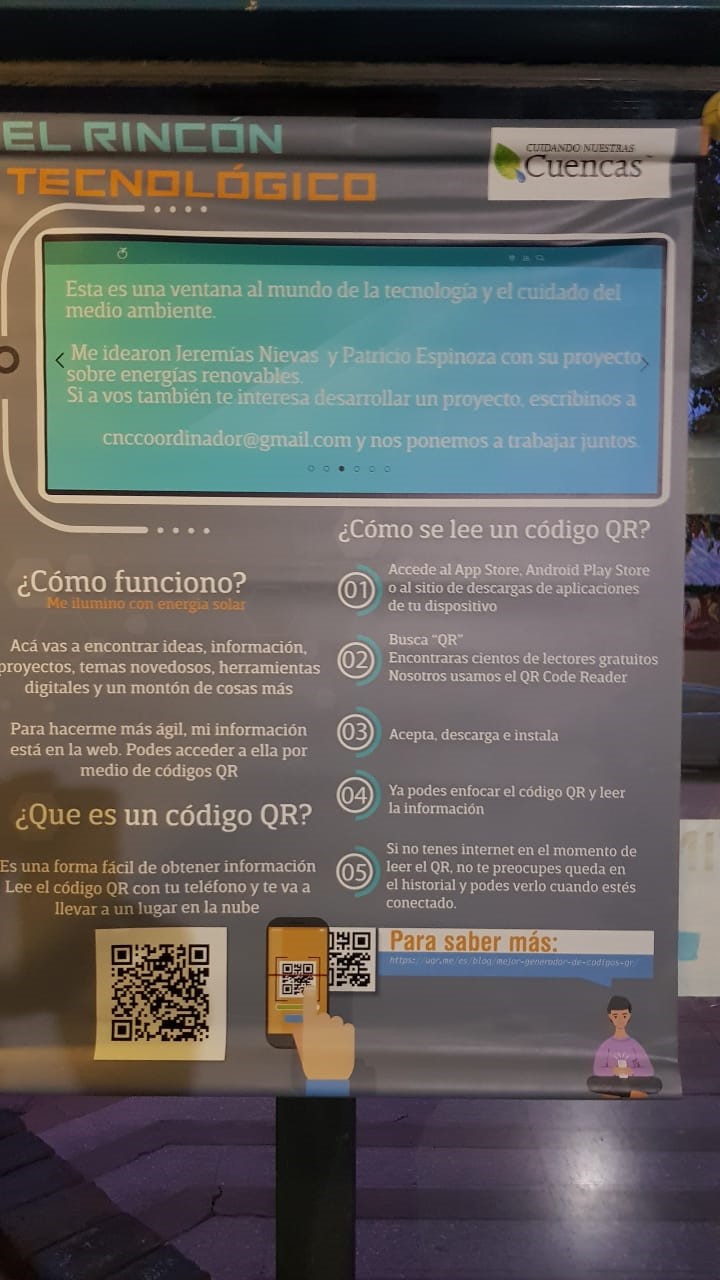
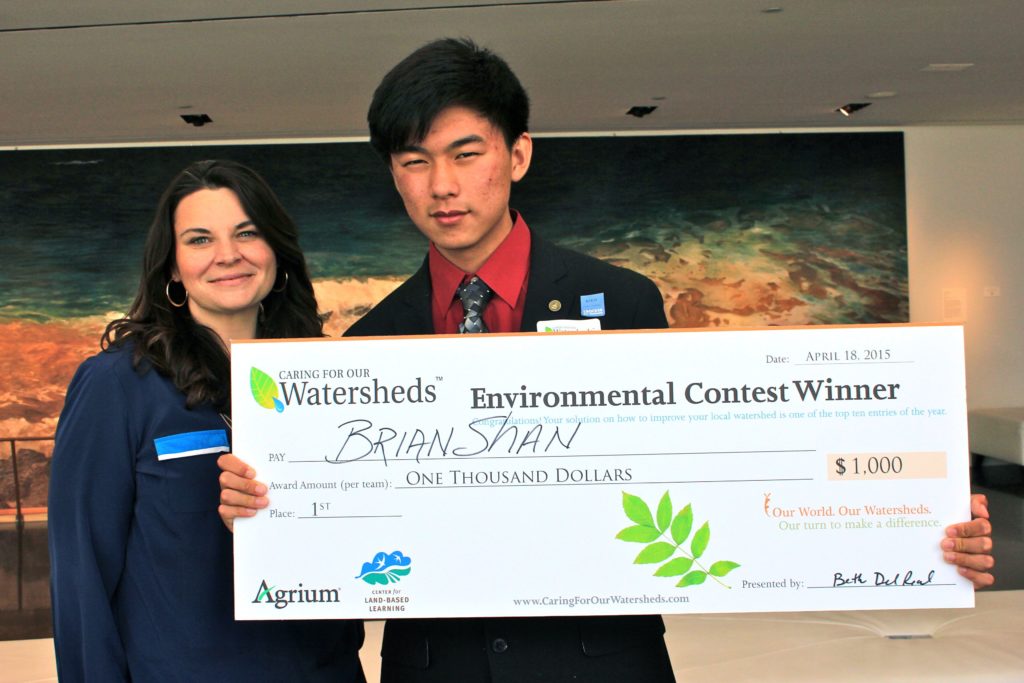 Brian Shan was proud to place first in the 2015 Caring for our Watersheds contest for his proposal to install aerators on faucets in his school. Faucet aerators deliver a mixture of water and air, limiting how much water is released while maintaining pressure and reducing splashing. The aerators, relatively inexpensive and easy to install, help conserve water and reduce energy use and costs.
Brian Shan was proud to place first in the 2015 Caring for our Watersheds contest for his proposal to install aerators on faucets in his school. Faucet aerators deliver a mixture of water and air, limiting how much water is released while maintaining pressure and reducing splashing. The aerators, relatively inexpensive and easy to install, help conserve water and reduce energy use and costs.